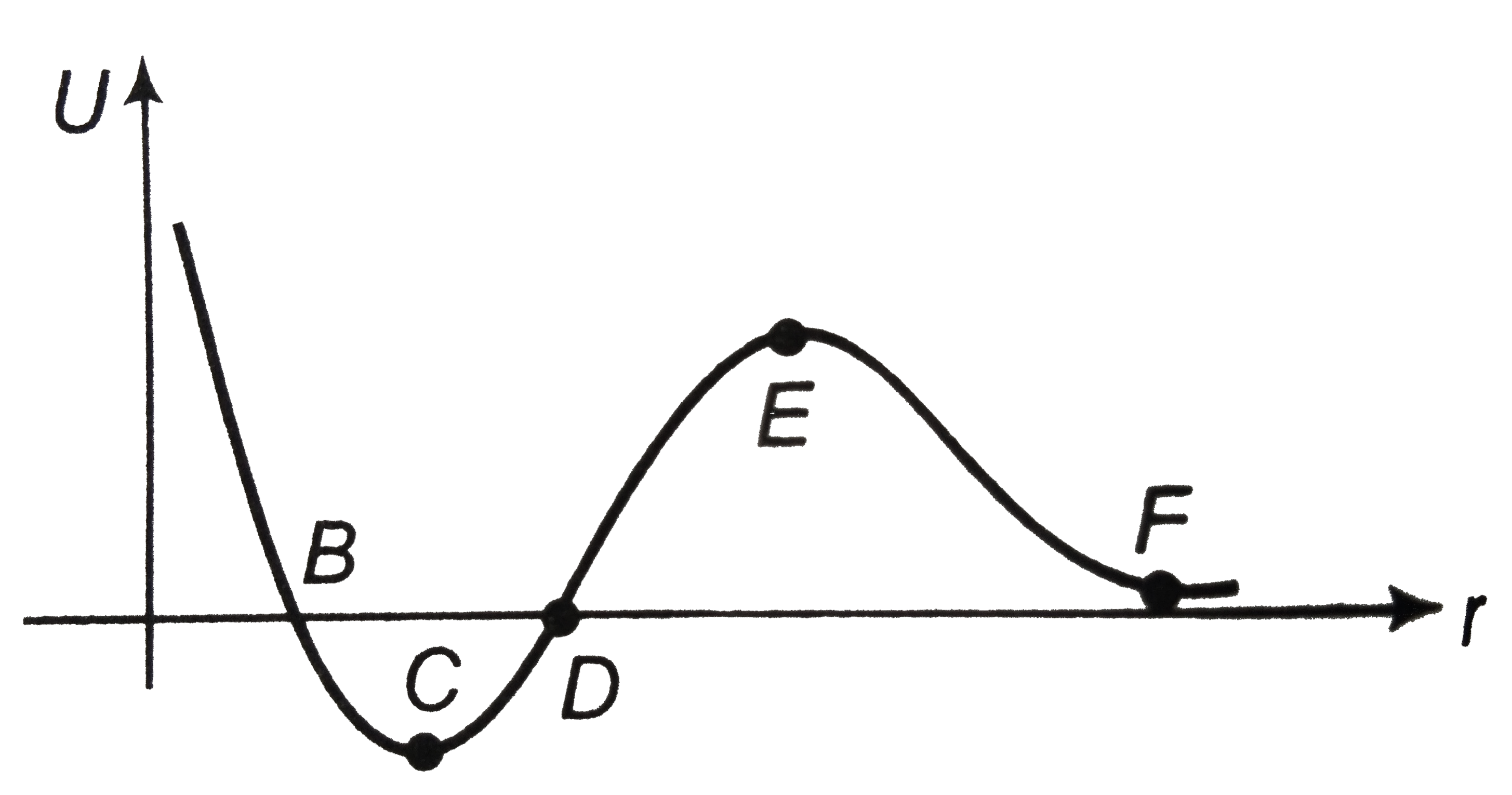Chemical bond results when between combining atoms :
FA = attraction force
FR=repulsion forces
P.E. = potential energy
FA>FR, P.E. minimum
FA<FR, P.E. maximum
FA=FR,P.E. minimum
FA=FR,P.E. maximum
The correct Answer is:C
Step by step video, text & image solution for Chemical bond results when between combining atoms : F_(A) = attraction force F_(R)=repulsion forces P.E. = potential energy by Chemistry experts to help you in doubts & scoring excellent marks in Class 12 exams.
Topper's Solved these Questions
- BOOK - GRB PUBLICATIONCHAPTER - CHEMICAL BONDING-IEXERCISE - C.Identification of Planes; Allenes22videos
CHEMICAL BONDING-I
- BOOK - GRB PUBLICATIONCHAPTER - CHEMICAL BONDING-IEXERCISE - D.54videos
CHEMICAL BONDING-I
- BOOK - GRB PUBLICATIONCHAPTER - CHEMICAL BONDING-IEXERCISE - Subjective Type120videos
CHEMICAL BONDING-I
- BOOK - GRB PUBLICATIONCHAPTER - CARBOXYLIC ACID AND DERIVATIVES, AMINES AND OTHER NITROGEN COMPOUNDSEXERCISE - Subjective type19videos
CARBOXYLIC ACID AND DERIVATIVES, AMINES AND OTHER NITROGEN COMPOUNDS
- BOOK - GRB PUBLICATIONCHAPTER - CHEMICAL KINETICSEXERCISE - Subjective Type63videos
CHEMICAL KINETICS
Similar Questions
Knowledge Check
- Question 1 - Select One
When total attractive forces between two atoms approaching each other is greater than total repulsive force then, potential energy of the system ________.
AincreasesBremains constantCdecreasesDis zero - Question 2 - Select One
When a chemical bond between two atom is formed, the potential energy of the system
AdecreasesBincreasesCremains the sameDcannot be predicted - Question 3 - Select One
Formation of chemical bond between two atoms take place, when net force______ in nature.
AattractiveBrepulsiveCbothDNone
Nature Of Forces|Potential Energy|Relation Between Force And Potential Energy
View SolutionAssertion: Nuclei above bismuth-209 are unstable irrespective o f their N : Z ratio.
Reason: The force of repulsion between protons is greater than the attractive force between nucleons in nuclei above bismuth-209.View SolutionThe given plot shows the variation of U, the potential energy of interaction between two particles with the distance separating them r,
 View Solution
View SolutionIn a conservative force field we can find the radial component of force from the potential energy function by using F=−dUdr. Here, a positive force means repulsion and a negative force means attraction. From the given potential energy function U(r ) we can find the equilibrium position where force is zero. We can also find the ionisation energy which is the work done to move the particle from a certain position to infinity.
Let us consider a case in which a particle is bound to a certain point at a distance r from the centre of the force. The potential energy of the particle is : U(r)=Ar2−Br where r is the distance from the centre of the force and A andB are positive constants. Answer the following questions.
If the total energy of the particle is E=−3B216A, and it is known that the motion is radial only then the velocity is zero atView SolutionIn a conservative force field we can find the radial component of force from the potential energy function by using F=−dUdr. Here, a positive force means repulsion and a negative force means attraction. From the given potential energy function U(r ) we can find the equilibrium position where force is zero. We can also find the ionisation energy which is the work done to move the particle from a certain position to infinity.
Let us consider a case in which a particle is bound to a certain point at a distance r from the centre of the force. The potential energy of the particle is : U(r)=Ar2−Br where r is the distance from the centre of the force and A andB are positive constants. Answer the following questions.
The work required to move the particle from equilibrium distance to infinity isView Solution
